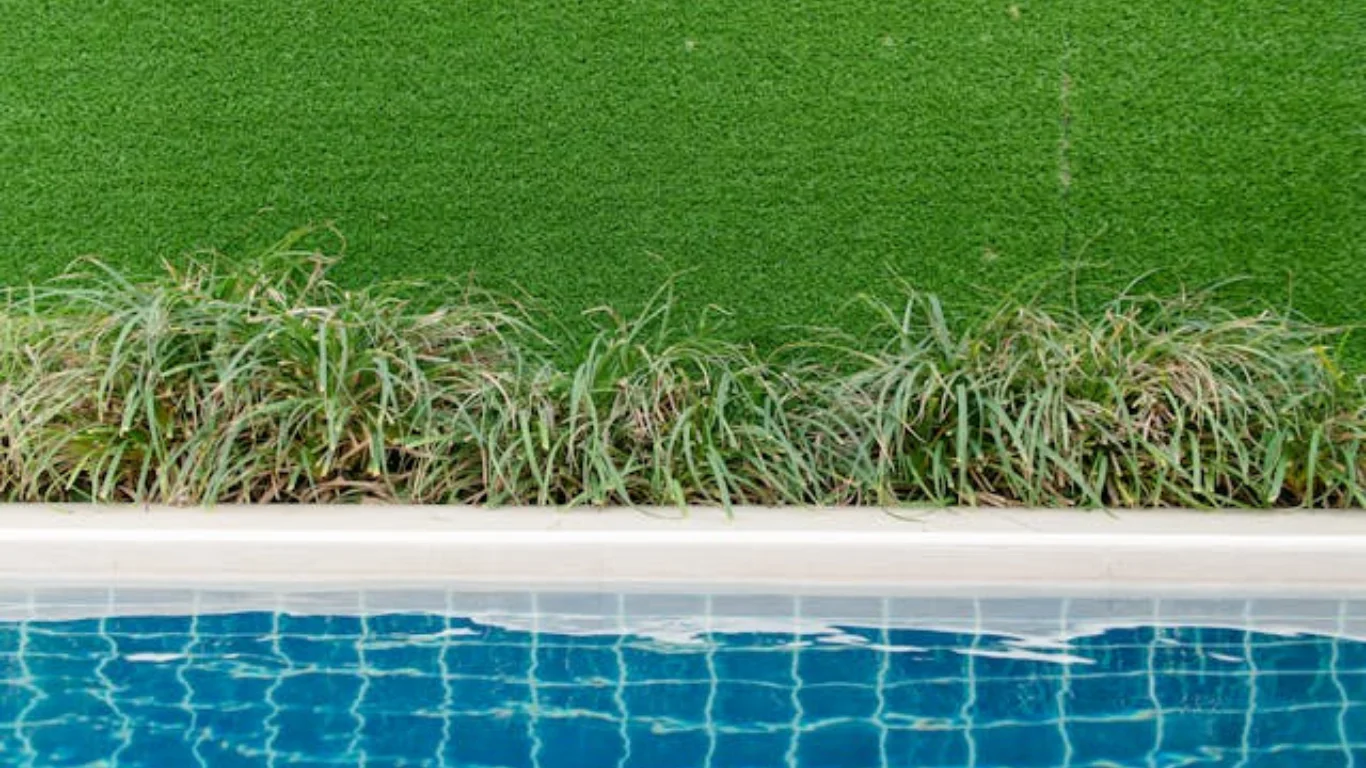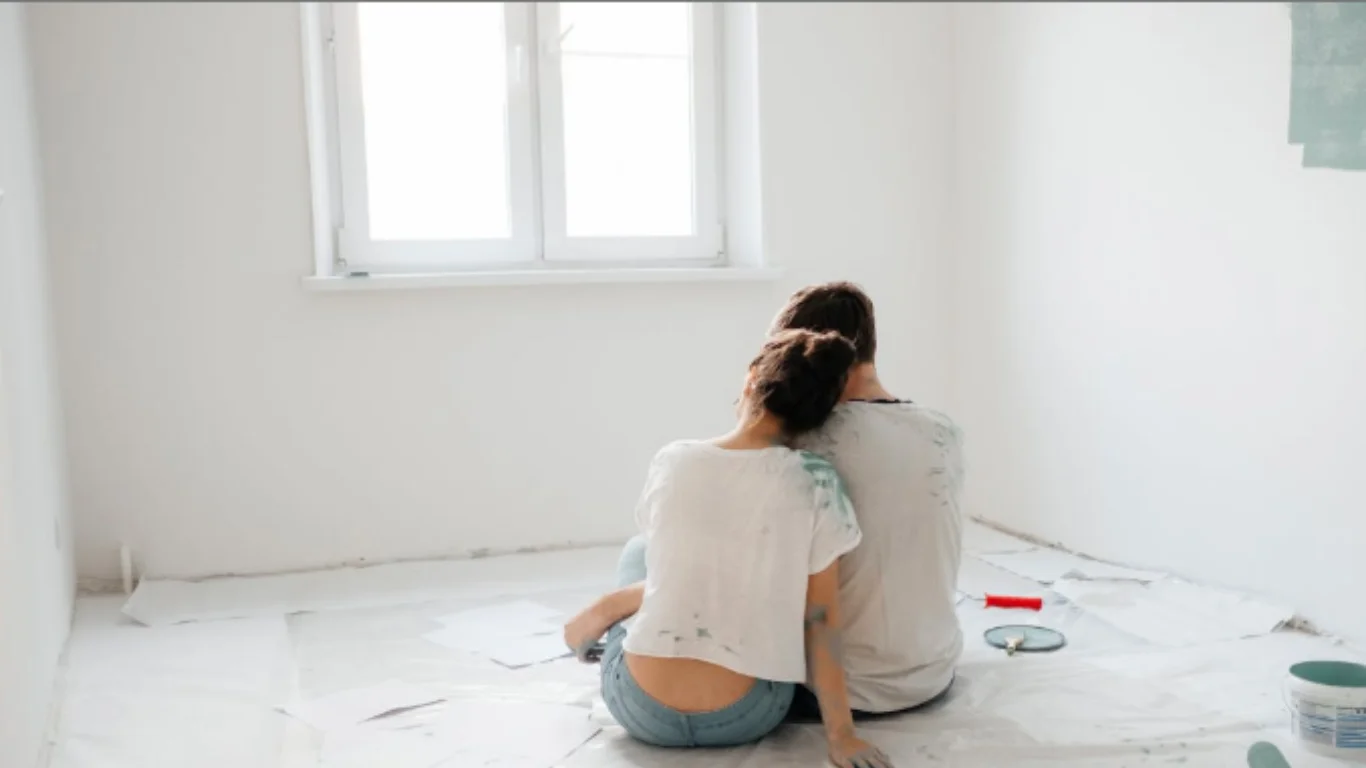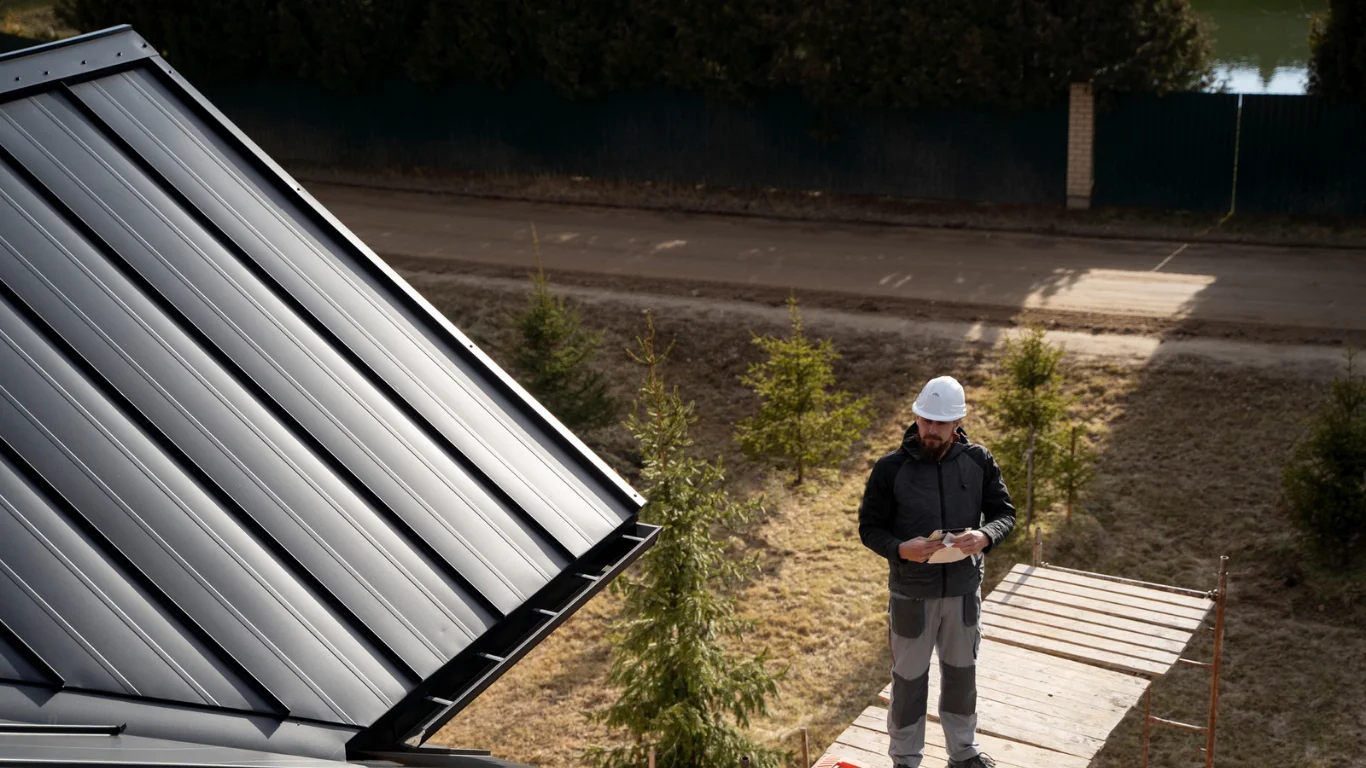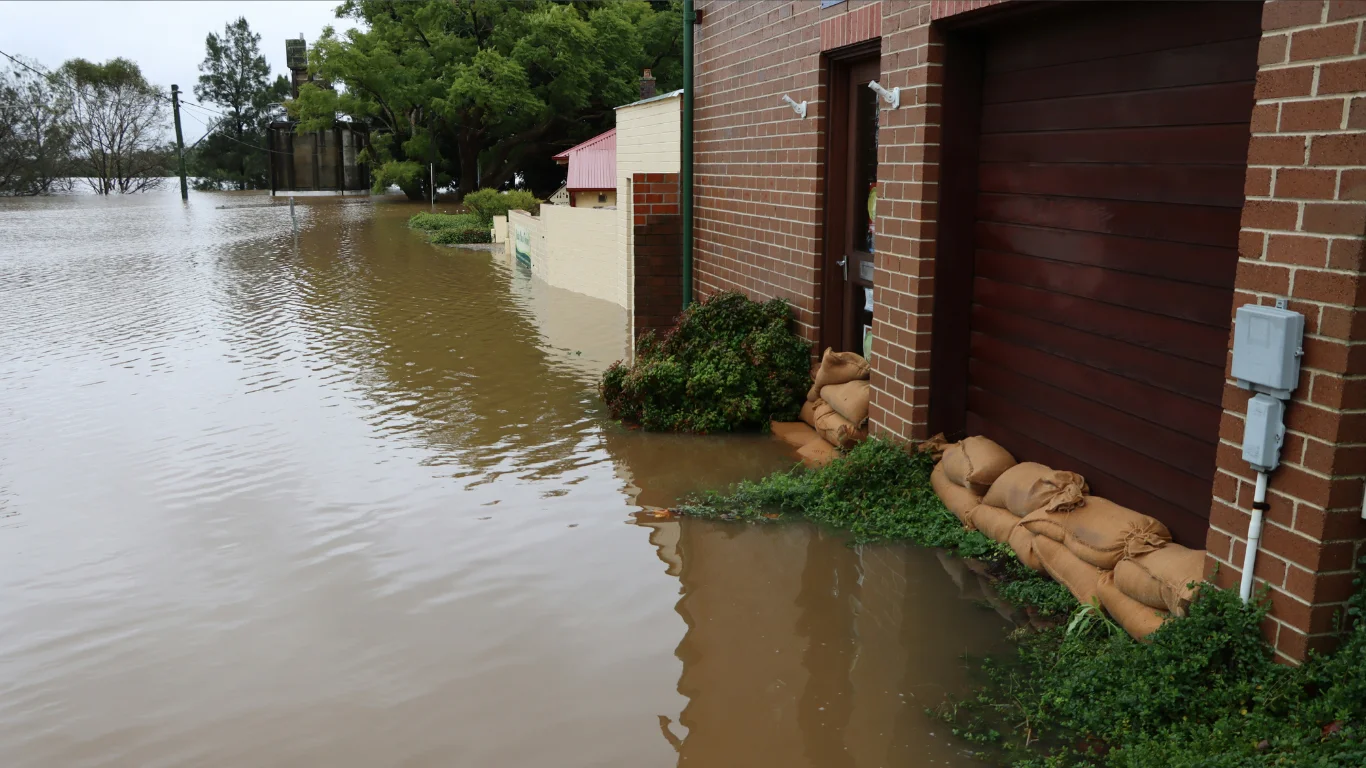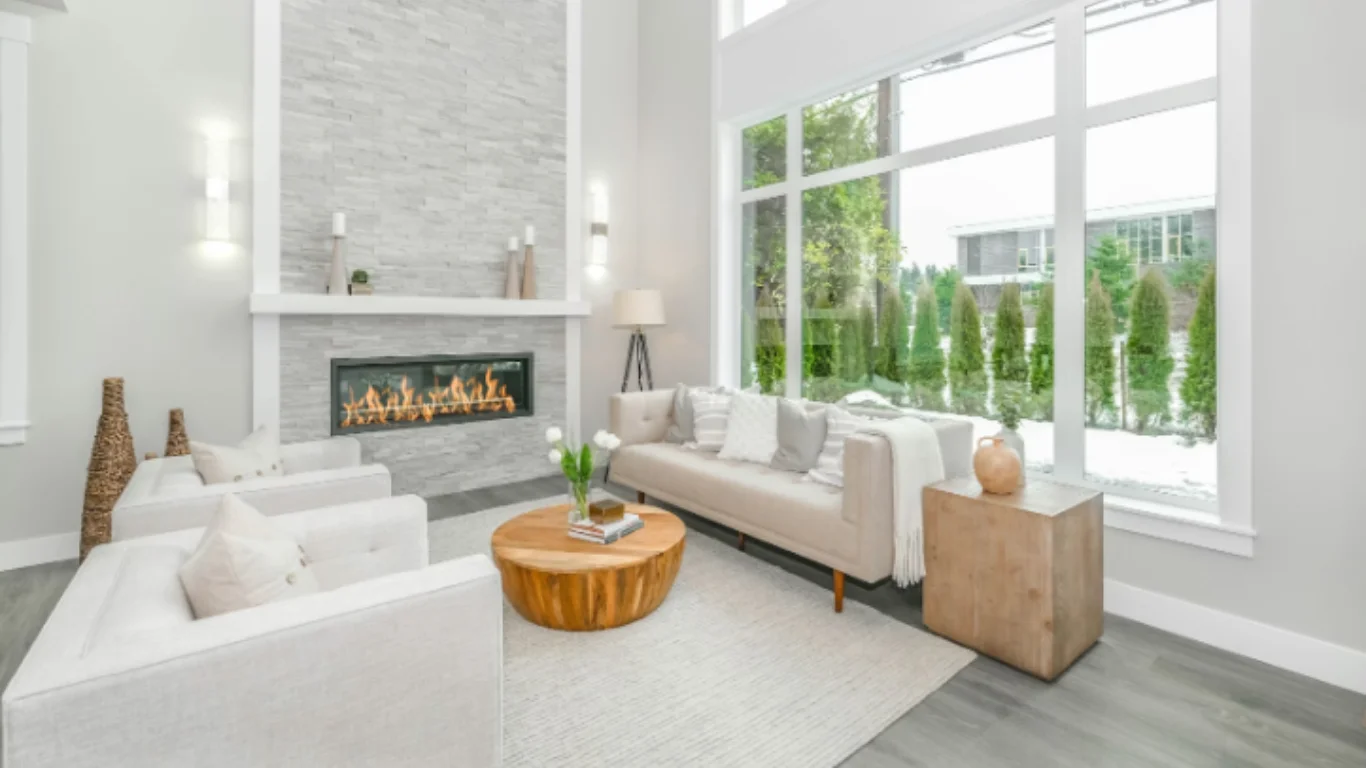Aiming to beautifying your outdoors might look for steady changes that remain manageable and clear, and these changes could come from small steps that coordinate layout, access, and upkeep. Results usually depend on use patterns and local conditions, so choices are adjusted rather than fixed. With simple moves that organize plants, surfaces, and objects, an area often becomes easier to read. This guide outlines practical points that many settings could apply.
Basic planting that fits the site
Selecting vegetation that suits the location is the main idea and arranging it in straightforward groups tends to create a stable look without visual confusion. You might choose a small palette that handles sun and watering routines, then cluster plants so the eye reads them as intentional sections instead of scattered singles. Heights can progress gradually, so edges appear coherent, while spacing remains predictable to support air flow and routine care.
Containers or beds work best when sizes repeat, because repetition usually signals order. Maintenance should be planned early since complicated mixes often lead to irregular attention. When plant choices, placement, and simple grooming are coordinated, growth typically stays healthy, and the space feels calmer, and future adjustments can be added without redrawing the entire plan.
Surface mixes that look steady
Blending ground materials is about contrast that stays consistent, and this section focuses on pairing soft and hard elements, so the layout stays clear. A basic pattern of gravel, pavers, wood, or turf can be set in modest sections that guide movement while allowing drainage where required. Color shifts may remain close in tone, since small differences often prevent visual noise. Edging between materials should be visible but not bulky, so boundaries can be read without dominating the view.
Shapes could be rectangular or gently curved, depending on site lines, with both approaches working if they are applied with restraint. Furniture placement is easier when materials have defined roles, because seating usually favors level surfaces while adjacent beds support planting depth. Over time, this steady mix often reduces clutter, and routine cleaning becomes simpler.
Light boundaries for order
Setting gentle edges is mainly about organizing use so spaces feel legible, and the divisions can be visual, physical, or both depending on needs. Low planters, trellises, or short fences may locate sitting areas, paths, and storage corners, which helps visitors understand routes and functions. For increased screening near neighbors or streets, you could use quick solutions that match the scale. For example, an artificial privacy hedge creates a consistent visual barrier and defines quiet sections where growth time or maintenance resources are limited. Corners are common collection points for tools or bins, so placing modest screening there could reduce distraction. When each zone is marked without heavy structures, people usually move with less hesitation, and the overall setting often appears neat, even when activities change during the week.
Repetition that sets a pattern
Using repeated forms is a simple method for unity, and repeating shapes in containers, lighting, or seating can link separate parts into one reading. You might select one pot profile and deploy it in two or three sizes, since a limited family of shapes usually looks coordinated without becoming strict. Finishes can match across wood and metal, while textiles stay within a narrow palette, so color changes remain steady.
Scale should be checked against the yard, because outsized pieces can overwhelm small patios, and smaller items may disappear in larger lawns. Lights installed at even intervals often support safe movement and consistent emphasis at night. If a decorative object is included, keeping it aligned with existing lines prevents competition. With a few repeated cues, the layout typically feels organized while still allowing seasonal swaps.
Space kept open on purpose
Reserving clear areas is a planning tool that protects circulation and keeps the layout from appearing crowded, and these open zones can host temporary activities without forcing redesigns. You could leave modest patches near doors or along common routes, so frequent paths remain unobstructed and maintenance stays predictable. Planting that fills every corner often increases care time, so a margin is useful for access and equipment.
Furniture groupings may settle better when a perimeter buffer exists, because chairs and tables then fit without squeezing other elements. If open areas look unplanned, simple edging or low planters can outline them so they read as deliberate. As the site changes with weather or use, these flexible gaps often stabilize the arrangement and reduce visual strain.
Conclusion
Outdoor adjustments can be approached as measured steps that align selection, structure, and circulation, and these steps usually work better when they cooperate as a set. A balanced mix of planting groups, defined surfaces, gentle edges, repeated forms, and planned emptiness may result in a layout that stays understandable and manageable. You could start small, observe how the area behaves, and refine slowly, since gradual updates often remain consistent over time.
